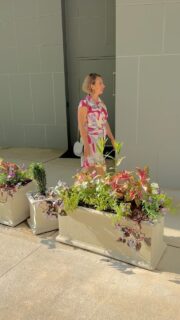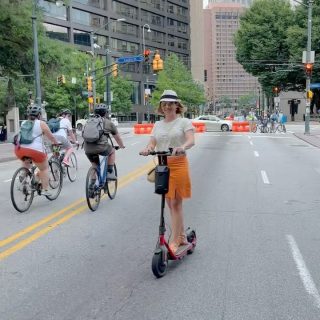Every photographer understands the pivotal role light plays in photography—it’s the very essence, comparable to painting with light, as the ancient Greeks described it. Whether it’s the soft hues of the morning, the vibrant tones of the afternoon, or the gentle glow of evening, natural light offers many opportunities for creating captivating photographs.
But what happens when natural light isn’t sufficient to capture the perfect shot or fulfill a creative vision? That’s where a camera flash (or a Speedlight) steps in to assist you.
The classic definition of a camera flash – a light source specifically designed to emit brief, intense bursts of light.

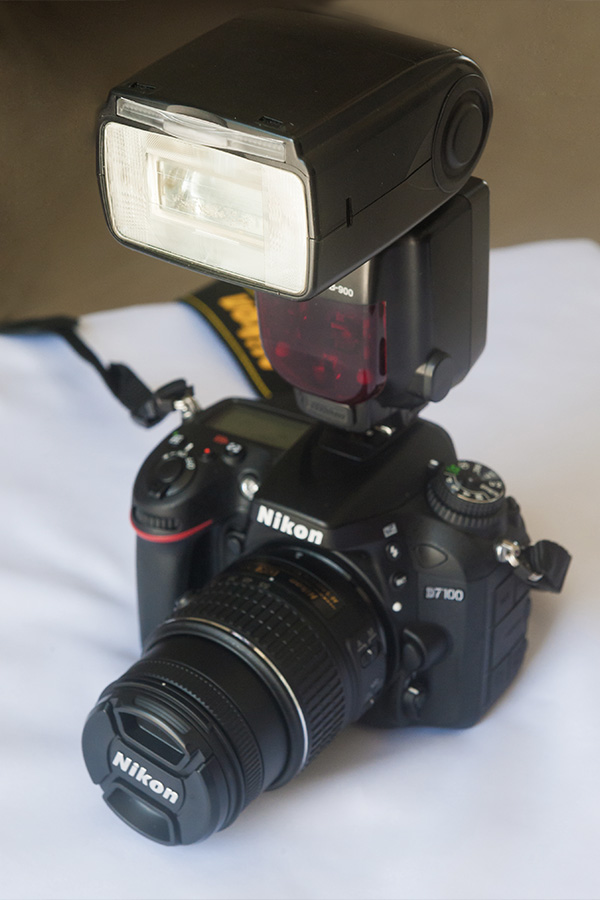
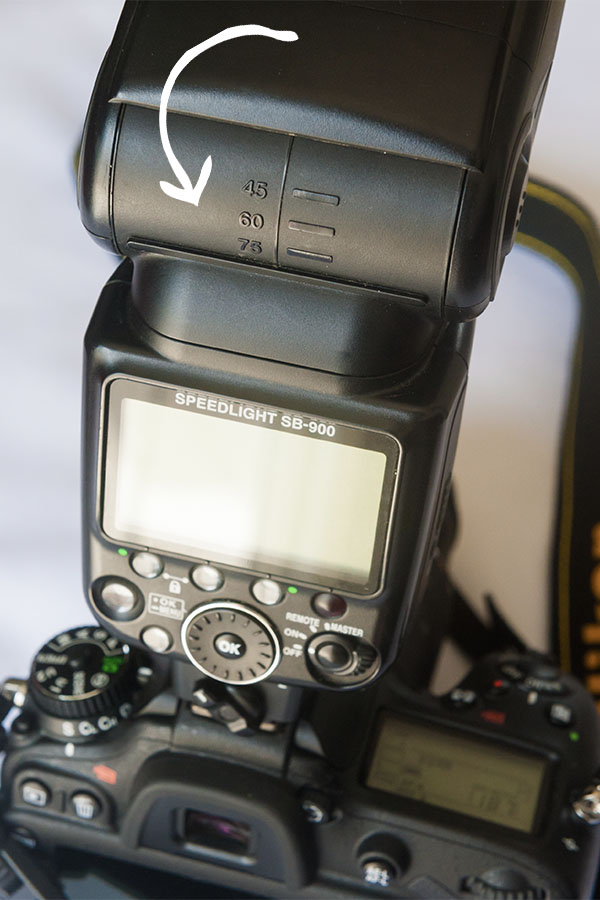
Camera Flash and Speedlight difference.
There are two main types of camera flashes based on their location:
- Camera flash is typically built-in to the camera body for convenience, ensuring it’s always available without adding extra weight. However, it typically has limitations, such as lower power output and harsh, sharp lighting that can create unappealing shadows.
- External/Speedlight flash. It’s a separate/external unit that can be attached to the camera’s hot shoe or used off-camera and triggered remotely. They offer several advantages, including higher power output, more control over lighting, and emitting soft light for more flattering results.
A hot shoe is a mounting point typically found on the top of a camera body, designed to attach external accessories such as flash units, microphones, or other compatible devices.


Speedlight flashes benefits.
Speedlight flashes comes with several important features:
- Large adjustable power. These flashes provide the ability to adjust the intensity of the light output, giving you control over the brightness of the subjects.
- Rotating flash head. The flash head can be rotated upwards or to the side, allowing the direction of light to be adjusted. This allows you to bounce light off surfaces such as walls or ceilings, resulting in softer light and reduced harsh shadows.
Other essential characteristics of external/speedlight flashes include:
- Flash guide number indicates the power output of the flash. A higher guide number means more flash power, which can be helpful for lighting subjects in different conditions.
- Automatic zoom: Speedlight flashes often come with automatic zoom functionality. This feature adjusts the flash’s beam angle to match the lens’s focal length, ensuring optimal light coverage for various shooting situations.
- The rotating head lets you adjust or rotate the flash head, enabling you to change the direction of the light at different angles. In simpler models, the flash head usually tilts upward only, but professional-grade units offer greater flexibility, allowing adjustments in multiple directions.
- Flash recycle time is the amount of time it takes for the flash to reach full power after being fired. In other words, it’s the duration it takes the flash to recharge and be ready for the next photo. This is a critical feature, especially for events or wedding photography, where speed is crucial. A faster recycle time ensures you can capture moments without waiting too long for the flash to recharge, enabling a smoother and more efficient photo-taking process.




The primary speedlight flash settings are:
1. Automatic mode: In this mode, the camera flash adjusts its power output automatically based on the camera’s analysis of the scene’s illumination.
2. TTL mode (Through the Lens): This mode allows the camera to measure the exposure and set the flash power accordingly. The camera uses either a sensor located behind the lens or its own flash sensor (depending on the manufacturer) to measure the light and determine the appropriate flash output. This mode may be labeled differently by camera manufacturers.
And Pentax – P-TTL
3. The third mode is Manual mode. This mode requires professional experience working with a camera flash because you must manually set all parameters.

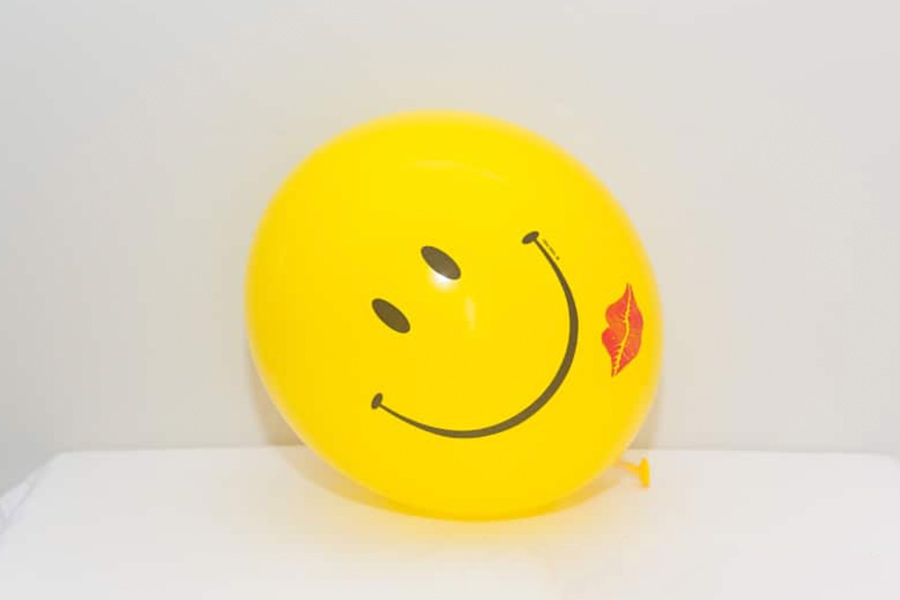
Canon and nikon speedlights.
Among the camera flash options for Nikon cameras are the Speedlight SB 900, Speedlight SB 910, Speedlight SB 700, and Speedlight SB 500. During the wedding photo session, I often used Speedlight SB 900, a powerful professional flash. Its key features include automatic zoom ranging from 70 to 200 mm and a high-speed recycle time of 2.2 seconds when using AA batteries. It has a guide number of 34 to 48 (at ISO 100-200).
Canon offers several popular models of camera flashes, including the Speedlight 600EX-RT, Speedlight 430EX III-RT, and Speedlight 320EX.
When used appropriately, a camera flash can broaden your creative possibilities and enable you to produce more diverse and artistic effects in your photographs. While mastering camera flash photography may require time and practice, rest assured that you’ll be consistently delighted with the results once you develop your skills.
Stay inspired,
Elena Sullivan
Sharing is caring
Elena
Hi, there! I'm Elena Sullivan! The founder of the ArsVie photo studio, trilingual photographer, online educator, woman in business cheerleader. Capturing life's moments with authenticity and elegance to inspire others. Passionate about helping businesses convey their message through compelling imagery.




